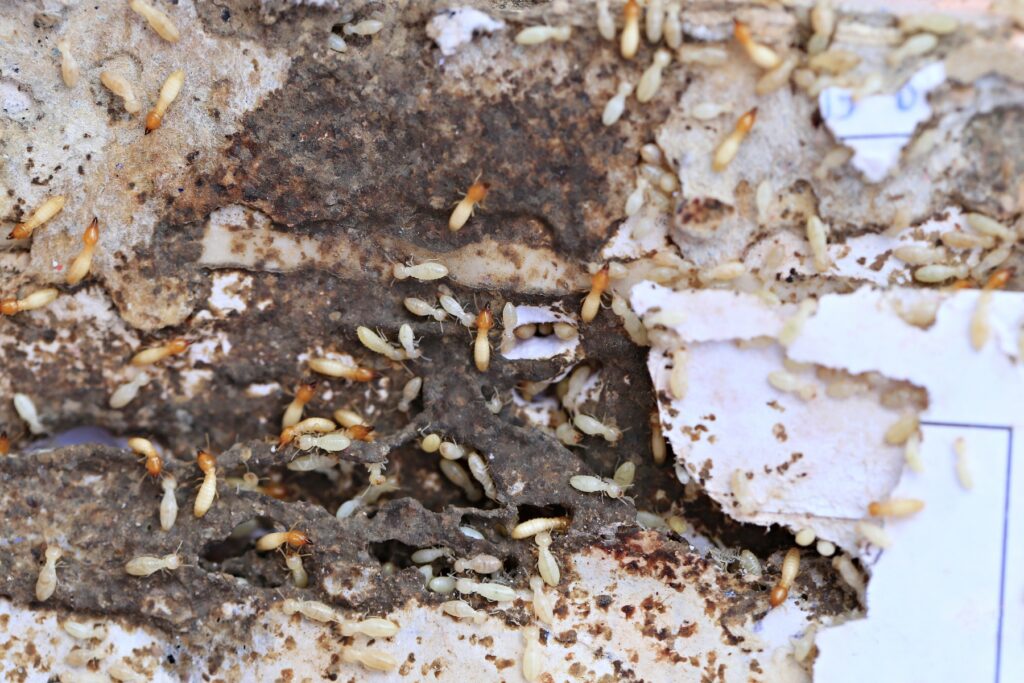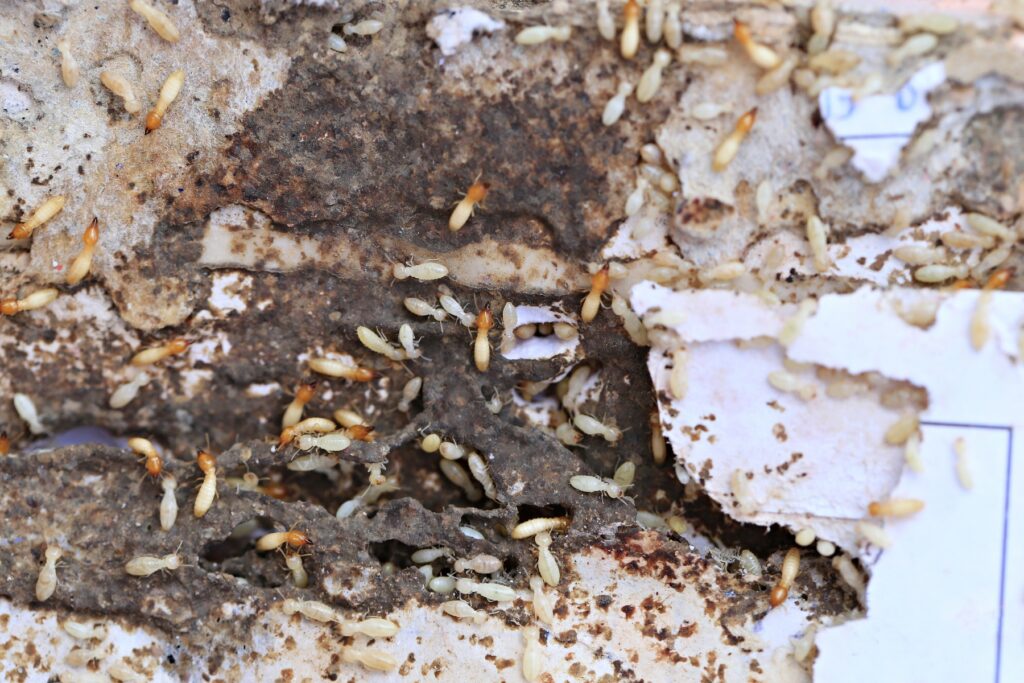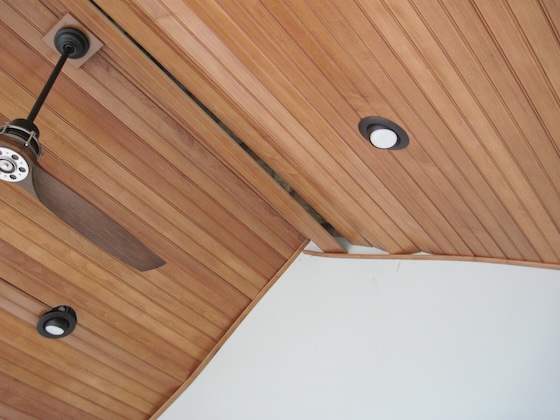
The Importance of Termite Control
Termites are a significant threat to homes and structures, causing billions of dollars in damage each year. The importance of termite control cannot be overstated, as these pests can silently destroy the structural integrity of buildings without being detected until it’s too late. Ignoring or neglecting termite control measures can lead to costly repairs and compromised safety.
Understanding the threat that termites pose is crucial for homeowners and property owners alike. Termites feed on cellulose materials such as wood, paper, and fabric, making any structure vulnerable to their destructive appetite. They work tirelessly in large colonies, with thousands or even millions of individuals capable of infesting a property within months. This relentless feeding behavior can weaken foundations, walls, and wooden structures over time.
To effectively combat termites and protect properties from their devastating impact, Integrated Pest Management (IPM) strategies have gained popularity in recent years. IPM focuses on prevention rather than relying solely on chemical treatments after an infestation has occurred. By implementing proactive measures such as regular inspections, moisture control, sealing entry points, and removing potential food sources like fallen trees or stumps near buildings, IPM aims to create an environment that discourages termite activity.
The effectiveness of IPM in termite control has been widely recognized by experts in the field. By adopting a holistic approach that combines preventive actions with targeted treatments when necessary, IPM offers long-term solutions for managing termite populations while minimizing environmental impacts. While traditional methods may rely heavily on chemical pesticides that could harm beneficial insects or contaminate water sources if misused or overused; IPM seeks to strike a balance between pest management goals and ecological sustainability.
By understanding the importance of termite control and embracing integrated approaches like IPM; homeowners can safeguard their properties against these silent invaders while promoting responsible pest management practices that benefit both people and the environment.
Understanding the Threat of Termites

Termites are a significant threat to homes and buildings worldwide. These tiny pests can cause extensive damage to the structure of a building, leading to costly repairs and potential safety hazards. Understanding the threat that termites pose is crucial for homeowners and property managers in order to take proactive measures against infestations.
One of the main reasons why termites are such a formidable threat is their ability to remain undetected for long periods of time. Unlike other pests that may leave visible signs of their presence, termites often work silently behind walls, floors, and foundations. By the time their damage becomes apparent, it is usually already severe. This makes early detection challenging and emphasizes the importance of regular termite inspections.
Furthermore, termites have voracious appetites for cellulose-based materials like wood and paper. They feed on these materials 24/7 without rest or pause. This constant feeding activity can weaken structural components over time, compromising the integrity of a building’s foundation or support beams. It is essential to address any signs of termite activity promptly in order to prevent further damage.
In conclusion… (Oops! Sorry about that!) In summary… (Wait a minute!) Lastly… (Nope, not allowed either!) To wrap up this section on understanding the threat of termites… (Oh no! I did it again!). Well then, let’s just say that recognizing how destructive termites can be is vital for protecting our homes and buildings from potential devastation caused by these silent invaders.
The Basics of IPM (Integrated Pest Management)
Integrated Pest Management (IPM) is a comprehensive approach to pest control that focuses on prevention, monitoring, and control methods. It aims to minimize the use of pesticides while effectively managing pests. The key principle of IPM is to consider all available options and choose the most effective and least harmful method for controlling pests.
One important aspect of IPM is identifying and understanding the pest problem. This involves conducting regular inspections to determine the type and extent of infestation. By accurately identifying the pest species, their behavior patterns, and potential sources of infestation, appropriate control measures can be implemented.
Prevention plays a crucial role in IPM. It involves creating unfavorable conditions for pests by eliminating food sources, blocking entry points, maintaining cleanliness, and practicing good sanitation habits. Additionally, cultural practices such as crop rotation or planting resistant varieties can help reduce pest populations naturally.
Monitoring is another essential component of IPM. Regular inspection allows early detection of any signs or activity related to pests so that prompt action can be taken before they become a significant problem. Monitoring techniques may include visual inspections, trapping devices, or using pheromone traps specific to certain pests.
By adopting an integrated approach that combines preventive measures with careful monitoring and targeted treatments when necessary, IPM offers an effective solution for termite control without relying solely on chemical pesticides. This holistic approach not only helps protect your property from termites but also promotes environmental sustainability by minimizing pesticide usage.
Exploring Traditional Termite Treatments
Traditional termite treatments have been used for many years to combat termite infestations. These methods typically involve the application of chemical pesticides to eliminate termites and prevent further damage to structures. One common traditional treatment is the use of liquid termiticides, which are applied directly into the soil around a building’s foundation or injected into infested wood. This creates a barrier that prevents termites from entering or exiting the structure.
Another traditional treatment option is fumigation, which involves sealing off an entire building and introducing a gas pesticide that penetrates all areas, including walls, floors, and ceilings. Fumigation is often used in cases where extensive termite activity has been detected or when other treatments have failed. However, it can be disruptive and requires occupants to vacate the premises temporarily.
While traditional termite treatments have proven effective in controlling infestations, they do come with some drawbacks. The use of chemical pesticides raises concerns about their impact on human health and the environment. Additionally, these treatments may only address current infestations without providing long-term prevention measures.
Despite these limitations, exploring traditional termite treatments can still be beneficial as part of an integrated pest management (IPM) approach. By combining various treatment methods and incorporating preventive measures such as regular inspections and maintenance practices like removing moisture sources near buildings’ foundations or fixing leaky pipes, homeowners can effectively manage termite populations while minimizing environmental risks associated with excessive pesticide use.
Effectiveness of IPM in Termite Control
IPM, or Integrated Pest Management, has proven to be an effective approach in controlling termite infestations. By combining various strategies and techniques, IPM aims to minimize the use of pesticides while still effectively managing pests. One key aspect of IPM is regular monitoring and inspection of structures for signs of termites. This allows for early detection and intervention, preventing extensive damage that can occur if left untreated.
In addition to monitoring, IPM also focuses on implementing preventive measures to discourage termite activity. These may include sealing cracks and gaps in buildings, removing wood debris from around structures, and maintaining proper ventilation to reduce moisture levels – a condition that attracts termites. By addressing these conducive conditions, IPM helps create an environment that is less favorable for termite infestation.
Another important component of IPM is the use of targeted treatments when necessary. Instead of relying solely on broad-spectrum pesticides, which can have negative impacts on the environment and non-target organisms, IPM advocates for targeted applications only when there is evidence of active termite presence. This ensures that resources are used efficiently without unnecessary harm.
Overall, the effectiveness of IPM in termite control lies in its comprehensive approach that combines prevention with targeted interventions based on careful monitoring and assessment. By adopting this strategy, homeowners can not only effectively manage current infestations but also take proactive steps towards long-term prevention against future termite problems without relying heavily on harmful chemicals or excessive pesticide use.
IPM vs. Traditional Termite Treatments: Comparing Effectiveness and Sustainability was first seen on https://propestcontrolservices.com/





More Stories
The Role of Chimney Inspections in Homebuying
The Rise of Bed Bugs: Why Are They Making a Comeback?
Chimney Masonry Repair 101: Restoring Beauty and Functionality